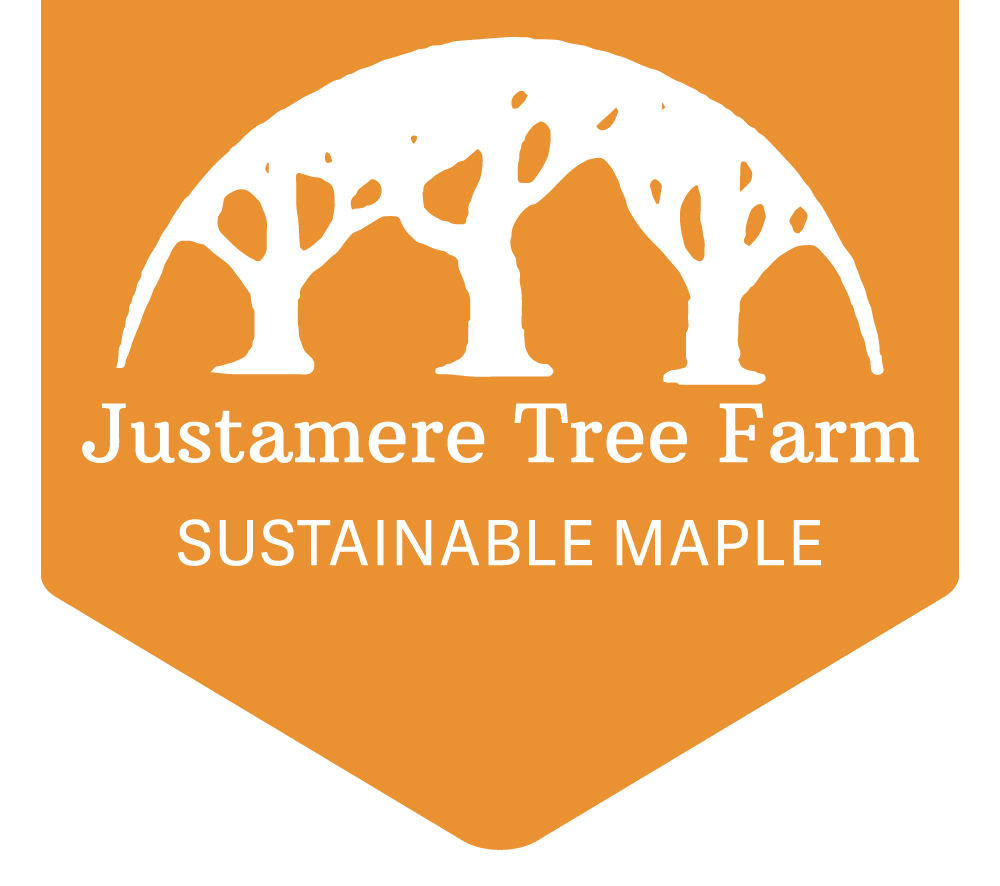Colors of Fall
Big ones. Small ones. Red ones. Orange ones. Ones with dots. Ones with no dots. Ones inside and ones outside. And everything in between. Nope, not changing leaves, it was revenge of the lady bugs here on the farm. My old biologist training kicked in at the spectacle, so hang on for some ladybug facts. There are over 5,000 ladybug species in the world. This time of year, the lady beetles seen inside and outside homes in huge numbers are non-native lady beetles (Harmonia axyridis) introduced from Asia. Two other species found in Massachusetts include the convergent ladybug (Hippodamia convergen) and the non-native seven-spotted ladybug (Coccinella septempunctata). The seven-spotted ladybug was named the Massachusetts state insect in 1989. The non-native ladybugs are similar in size to our native species, but their color and patterns are more variable, ranging from yellow to red and from no spots to up to a dozen spots. Ladybugs will eat about 5,000 aphids in their lifetime and have a lifespan of 2-3 years. They stink because they are toxic, not to us, but to predators. One last fun fact about ladybugs is according to the lost ladybug project, “during the Middle Ages in Europe, swarms of aphids were destroying crops. The farmers prayed to the Virgin Mary for help — and help came in the form of ladybugs that devoured the plant‐destroying pests and saved the crops. The grateful farmers named these insects 'Our Lady’s beetles,' a name which had endured to present day."
Lady bugs on the outside scheming on how to get on the inside.
The ladybugs arrived a little late to provide any pest control in the garden this year. Our first Justamere garden has been harvested and put to bed. I was amazed as I dug the potatoes last weekend, a plant I have vowed to never grow again due to all the potato bugs we had this year. Despite our best efforts, the bugs overwhelmed the potato plants and most of them looked dead the last couple months. But we had potatoes. Big ones. Small ones. Red ones. Purple ones.
Speaking of colors, it has been a beautiful fall here on the farm. Some individual trees have really stood out – bright red against the green – and each day brings new colors.
We are transitioning out of our newly acquired comfort zone with the season’s change. There is a brand-new list of farm chores to be done in fall. In these last six months, we have learned all about the cooking and commerce of maple. We have gardened, and boy have we mowed and weed whacked. We are comfortable running the farm. But no one grows from being comfortable, so into the woods we go – and really, isn’t that the whole reason to be a maple farmer, to be in the woods? We started walking lines this week, looking for limbs on the lines and repairs to be made. There is no better place to be than in the woods in New England on a crisp fall morning. As the sun rises and starts to warm the day, the smell of fall fills the air. It is quiet, except for the crunch of leaves under our feet. A day in the woods leaves us drained and fulfilled. There is no better place to be.
We all enjoy a fall day in the woods, especially Juneau.
We dealt with our infestation the only way you can – with a vacuum cleaner. We filled our canister and left it outside. Fly away home, just not this home, lady bugs.
Our farmers markets are continuing into November, so come see us at Amherst or Great Barrington Farmers Market some Saturday. We will also be at the Roseland Cottage Fine Arts and Crafts Fair this weekend (Saturday and Sunday) in Woodstock, CT.



